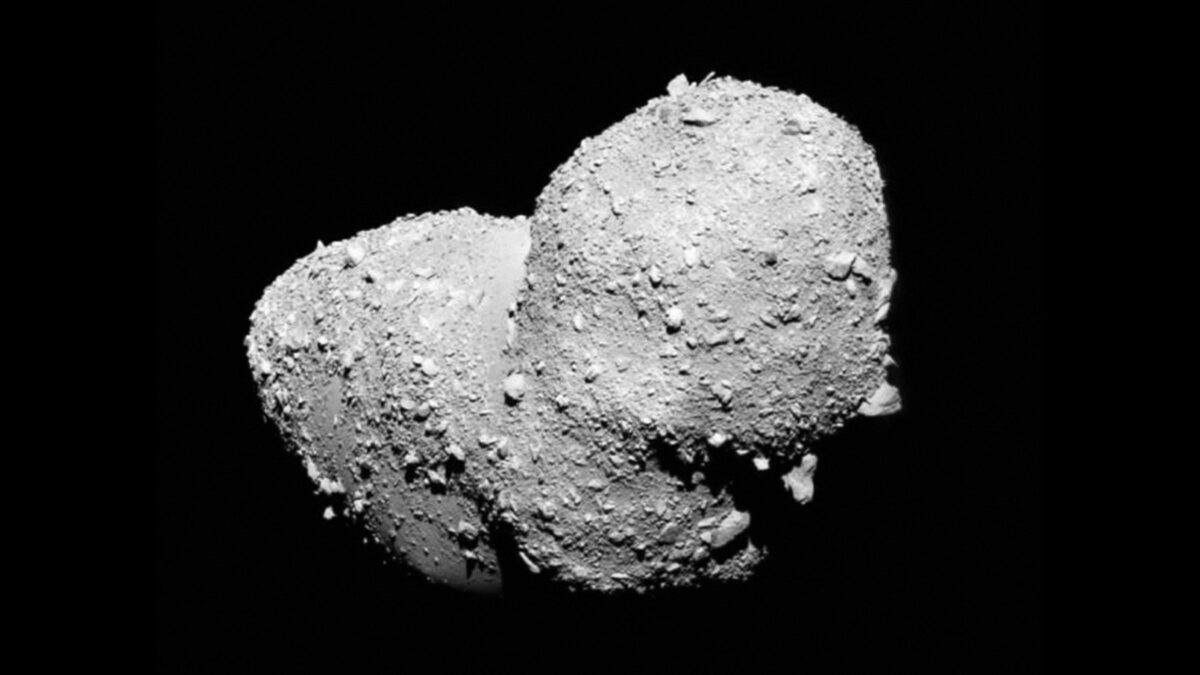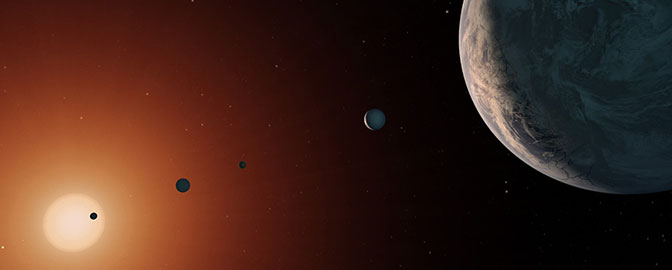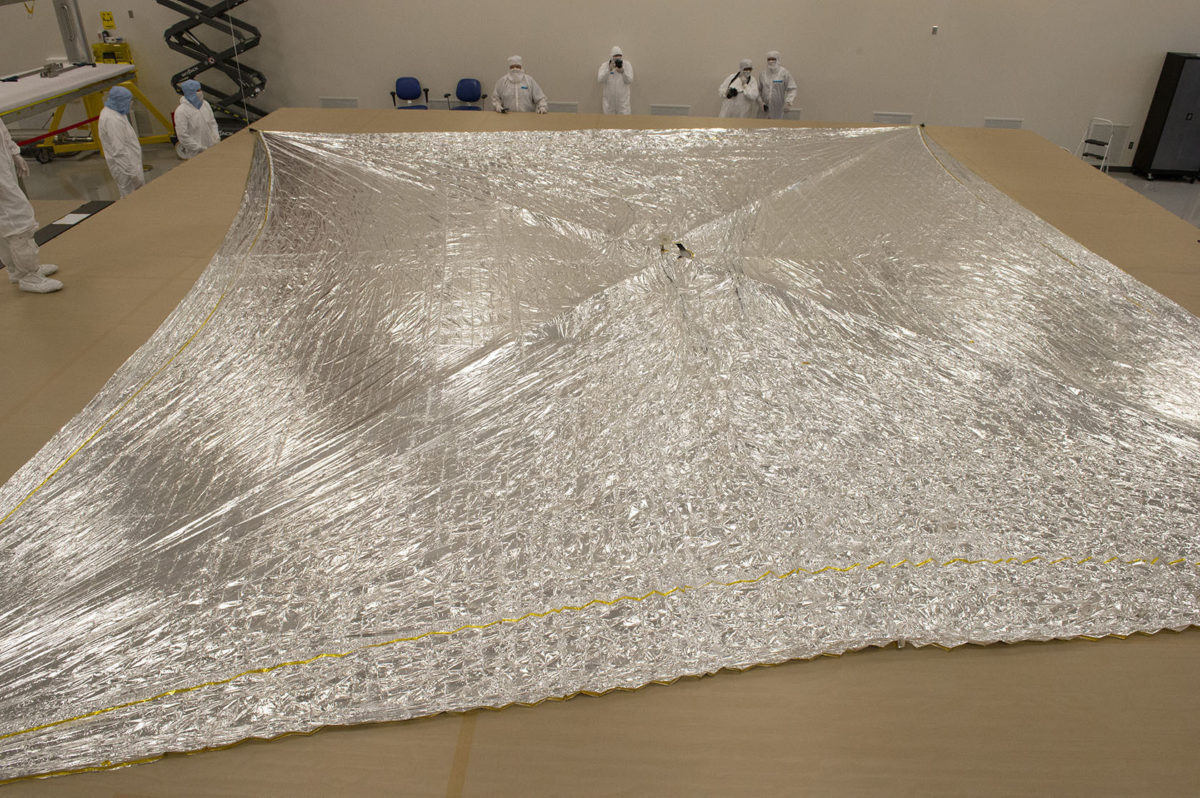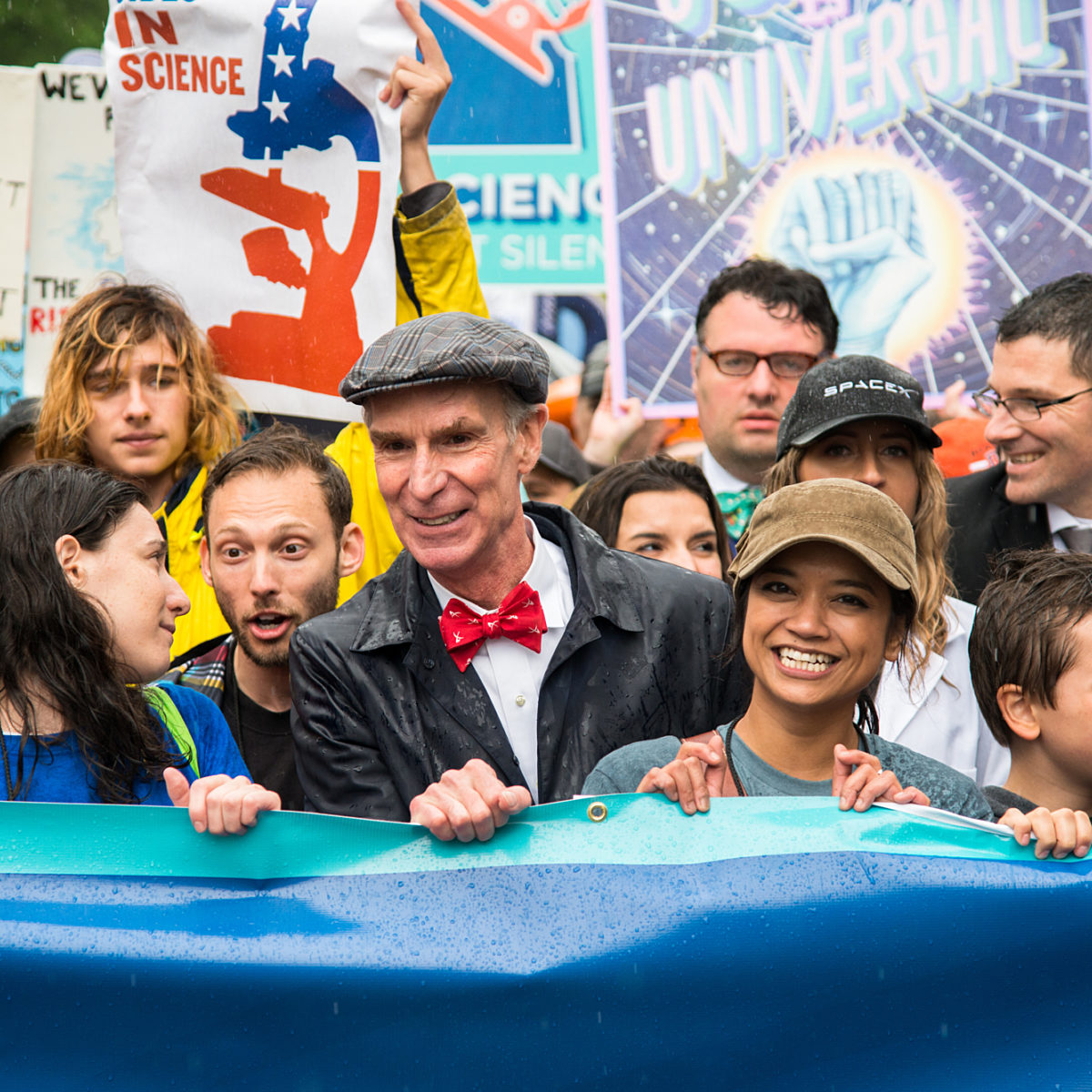NEA Scout, NASA's solar sail mission to an asteroid
Highlights
NASA's NEA Scout solar sail spacecraft launched in Nov. 2022 on a mission to visit a near-Earth asteroid.
NEA Scout would have demonstrated a low-cost method of asteroid reconnaissance for human and robotic missions and add to our scientific knowledge of small worlds
NASA was unable to establish contact with NEA Scout after it separated from the Space Launch System en route to the moon.
What was the purpose of NEA Scout?
Solar sails are spacecraft that use large, thin sails to reflect sunlight, giving them a gentle push and unlimited fuel. They are well-suited to small, low-cost spacecraft that hitch rides to space on rockets carrying larger missions. Thanks to advances in technology miniaturization, small spacecraft are growing increasingly capable, but they have limited propulsion, which often bounds them to the trajectories of the rockets that carry them into space.
NEA Scout would have demonstrated the ability to hitch a ride to one destination and then use a solar sail to fly somewhere else. The small spacecraft initially flew to the Moon on the Artemis I mission and would have used a solar sail to leave for a near-Earth asteroid.
Asteroids, comets, and other small worlds are like time capsules that have been largely unchanged since the birth of our solar system. Sample return missions like NASA’s OSIRIS-REx and Japan’s Hayabusa2 are revealing these worlds’ secrets, but both encountered unexpectedly rocky terrain that complicated the mission. NEA Scout would have demonstrated how a low-cost solar sail spacecraft could scout an asteroid for human and robotic exploration long before a future mission leaves the launch pad.
NEA Scout builds on a heritage of NASA small satellite solar sails that includes Nanosail-D2, which test-deployed a solar sail in Earth orbit in 2011. The Planetary Society's LightSail program built on that concept, demonstrating controlled solar sailing for the first time in Earth orbit and for the first time with a small spacecraft. NASA and The Planetary Society collaborated and exchanged data on NEA Scout and the LightSail program through a Space Act Agreement.

How NEA Scout works
NEA Scout launched to the Moon in 2022 with a fleet of other small satellites aboard Artemis 1, the inaugural test flight of the Space Launch System (SLS) to send an uncrewed Orion spacecraft to lunar orbit and back.
At the Moon, NEA Scout would have deployed its 86-square-meter (926 square feet) solar sail and slowly spiraled out of lunar orbit. It would have traveled to a near-Earth asteroid and performed a slow fly-by, capturing up-close images of the surface.
Unfortunately, NASA was unable to establish contact with NEA Scout after it separated from SLS.
Support missions like NEA Scout
Whether it's advocating, teaching, inspiring, or learning, you can do something for space, right now. Let's get to work.


 Explore Worlds
Explore Worlds Find Life
Find Life Defend Earth
Defend Earth



